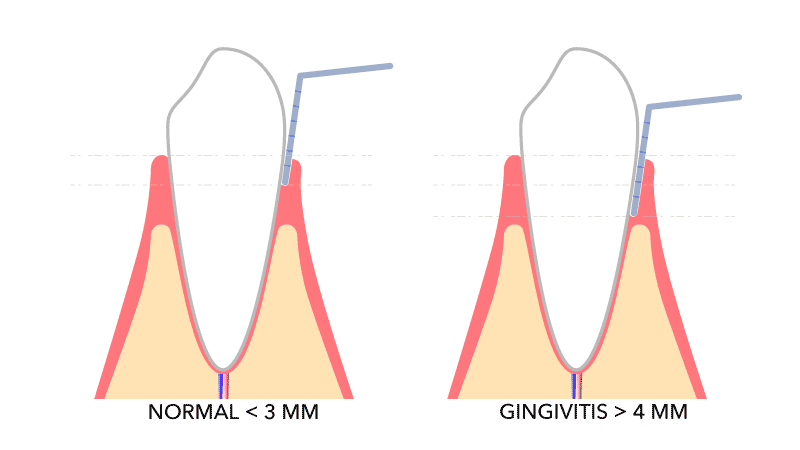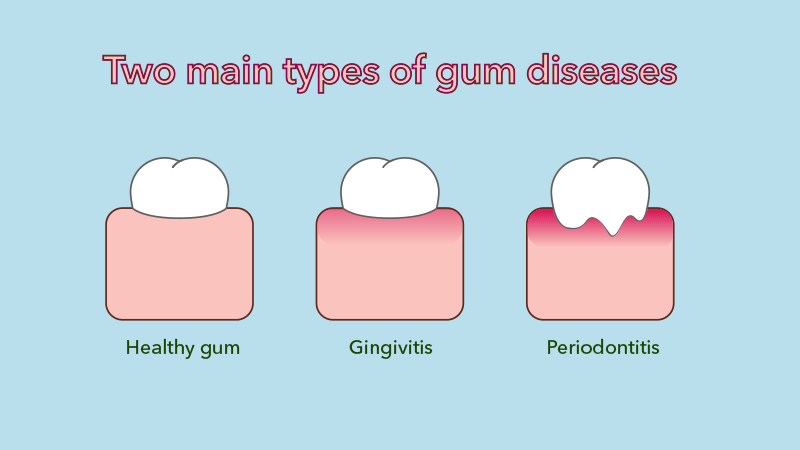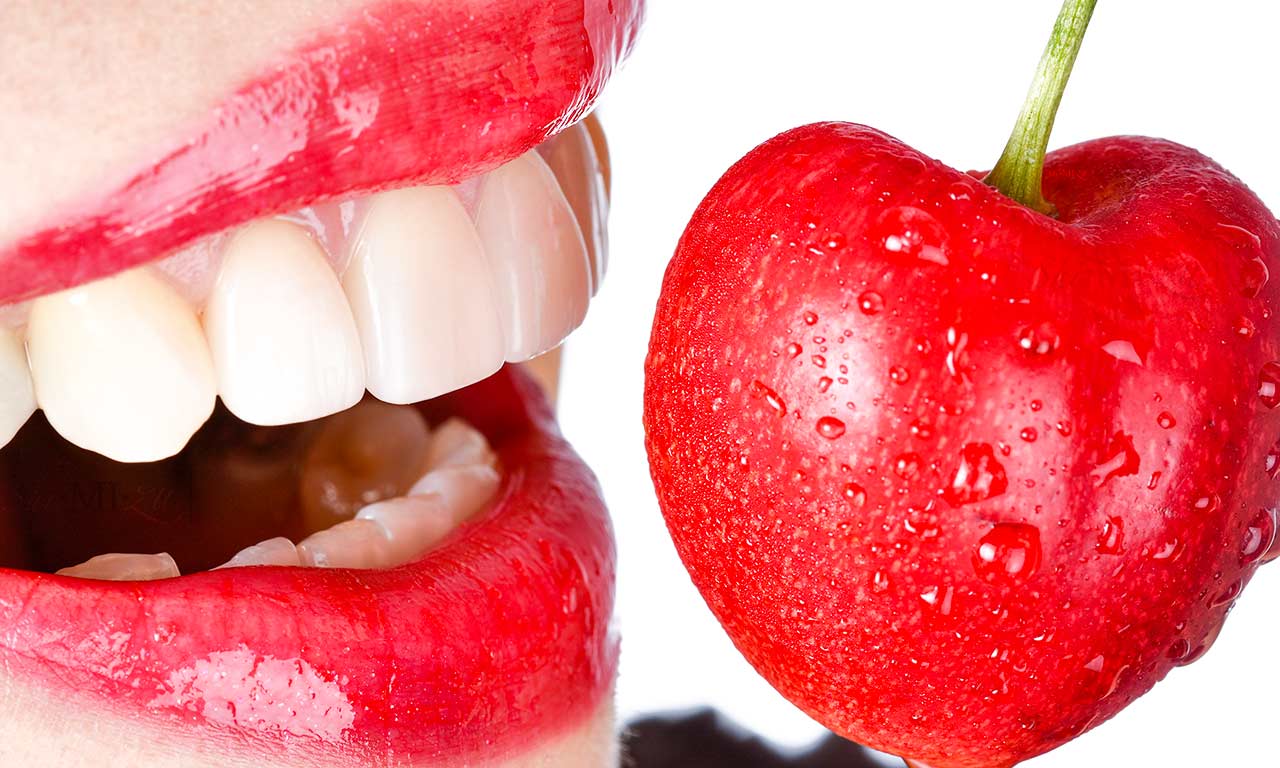Did you know that periodontal disease is the most common globally, per the Guinness Book of World Records? Could it possibly be diabetes or hypertension?
Periodontal disease, or “silent disease,” damages the periodontal tissues, such as the gums and alveolar bones supporting teeth. These silent diseases are the most prevalent non-contagious diseases, affecting approximately 75% of the US population.
Periodontal disease is a comprehensive term encompassing conditions where the periodontal tissue falls victim to plaque-induced destruction. This plaque, a congregation of bacteria, stealthily lodges itself in the crevices between teeth and gums, forming periodontal pockets. If confined to the gums, it earns the designation of gingivitis.
However, when the inflammation spreads to encompass the periodontal ligament and alveolar bone, it evolves into full-blown periodontitis.
In advanced stages, periodontitis may be referred to as alveolar pyorrhea, and if left unattended, it can culminate in the loss of teeth—the direct consequence. Given its gradual progression with minimal shifts in symptoms or appearance, preemptive measures to forestall the disease, commencing from early stages, are essential.
Progressing stealthily without apparent symptoms frequently reaches a critical stage when one becomes aware of it. Safeguarding against periodontal disease necessitates meticulous removal of plaque and tartar—the breeding grounds for the bacteria responsible.

Dental plaque, a conglomerate of bacteria, includes the notorious periodontal disease bacteria. Resembling teeth in its milky white hue, it resists easy dissolution in water and firmly adheres to the tooth surface, defying removal through mere gargling. The spaces between teeth and gums serve as prime real estate for plaque accumulation—a haven for oxygen-averse periodontal disease bacteria, triggering inflammation within the gums.
Effectively thwarting periodontal disease hinges on meticulously removing this insidious plaque between teeth and gums, the primary malefactor in this scenario. Stay attentive and prioritize self-care.
According to a study led by a McGill University researcher, infected and inflamed gums may result in higher rates of complications and more fatal outcomes for individuals diagnosed with the SARS-COV-2 virus.
The research suggests high mortality rates among people who died from the coronavirus infection are higher in those with gum disease than those with healthy gum. People who died from the coronavirus infection have periodontal disease. Researchers found that people with poor oral hygiene or periodontal disease may risk becoming more complicated when infected.
Periodontal disease has long been known to increase the risk of influenza infection. The same might be valid for the new coronavirus infection. Gingivitis and Periodontitis are two main types of gum diseases. Gingivitis is gum disease that typically starts with plaque building up on teeth. The number one cause of gum disease is plaque.
A sticky film that constantly forms on teeth
Dental plaque is bacteria in the oral cavity that sticks to the surface of the teeth. It looks like a white-yellow sticky food residue. Still, it is a large number of bacteria, about 100 billion per gram. As the number of plaques increases and matures, the types and numbers of bacteria gradually change. The periodontal pathogens have toxins that adversely affect periodontal tissues.

Our biological defense system against pathogens quickly mobilizes various immune cells and eliminates these harmful bacteria. However, periodontal tissue becomes the battlefield between bacteria and immune cells.
This battle between the two is “inflammation.” And due to inflammation, the gums become swollen, red, and soft. So, gum inflammation is so-called Gingivitis.

The prevalence of Periodontal disease is high among people in their 30s to their 60s and the proportion of people whose symptoms have progressed increases with age.
A recent report provides the following data related to the prevalence of periodontitis in the US:
Understanding Gingivitis and Periodontitis
Gingivitis, such as gum swelling and bleeding, damages the soft tissue and gum. The destruction spreads from the gum to the bone when this inflammation continues. When the infection goes past the gum and into the bone, we call it a periodontal disease. Generally, when people say “gum” disease, it means Gingivitis or periodontal disease. In summary, if the problem stays only in the gum, it is Gingivitis. When the issue goes into the bone, it is Periodontitis.

Did you know?
“Collagen” is a crucial protein constituting our body, renowned for imparting firmness and elasticity to the skin. Intriguingly, your gums are not exempt from this collagen connection, comprising approximately 60% of this essential protein.
However, there’s a twist in the tale! The quantity of collagen in your body hits its zenith at 25, dwindling by about half as you traverse into your 40s. With advancing age and the concurrent rise of skin-related concerns, Paying a little more attention to your gum health is wise.
